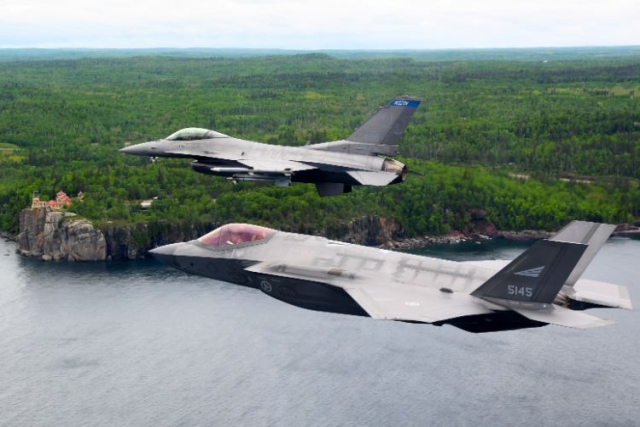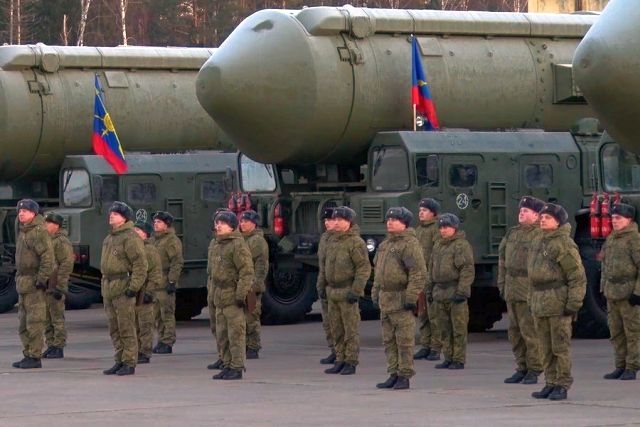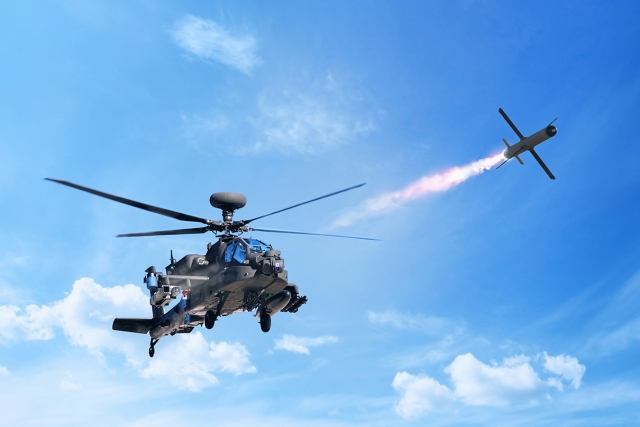NATO's Nuclear Deterrence Posture Vs Russian Threats to Use Nuclear Weapons
Russia has signaled possible new missile deployments in response to perceived threats from NATO and Western actions.

The North Atlantic Treaty Organization (NATO) is boosting its nuclear deterrence capabilities amid Russian threats of potential missile deployments.
NATO continues to enhance its nuclear deterrence capabilities amid escalating tensions with Russia. Acting Assistant Secretary of Defense for Space Policy, Vipin Narang, highlighted these efforts during a recent discussion hosted by the Center for a New American Security.
Narang rated NATO's nuclear posture highly, emphasizing the deployment of nuclear-certified F-35A jets by the U.S. and the Netherlands, upgrades to legacy B-61 nuclear weapons, renewed nuclear consultations, and the transition from Minuteman III to Sentinel ICBMs. He described the Sentinel transition as crucial to national security.
“NATO has superior conventional forces, as compared with Russia,” the official said.
With NATO's conventional forces and the nuclear arsenals of the U.S., the UK, and France, Narang asserted that these assets are key to preventing conflict. He mentioned the United States' nuclear triad, consisting of intercontinental ballistic missiles, ballistic missile submarines, and bomber aircraft, each with unique strengths.
Narang emphasized the importance of resilience and redundancy in NATO's conventional forces to support potential nuclear operations. He also expressed confidence in NATO's unity and response to any Russian use of non-strategic nuclear weapons, echoing President Joe Biden's stance on severe consequences.

Meanwhile, Russian President Vladimir Putin announced last month the resumption of short and intermediate-range missile production, with deployment considerations in response to U.S. actions. Deputy Foreign Minister Sergei Ryabkov highlighted defense priorities in Kaliningrad and potential new missile deployments if the U.S. stations long-range conventional weapons in Germany.
The U.S. plans to deploy weapons in Germany by 2026, including SM-6, Tomahawk, and hypersonic missiles, to reinforce NATO and European defense. In response, Russia is exploring various options for effective countermeasures, including cost-effective solutions. These developments follow the U.S. withdrawal from a 1987 treaty banning intermediate-range ground-based weapons, citing alleged Russian violations.









